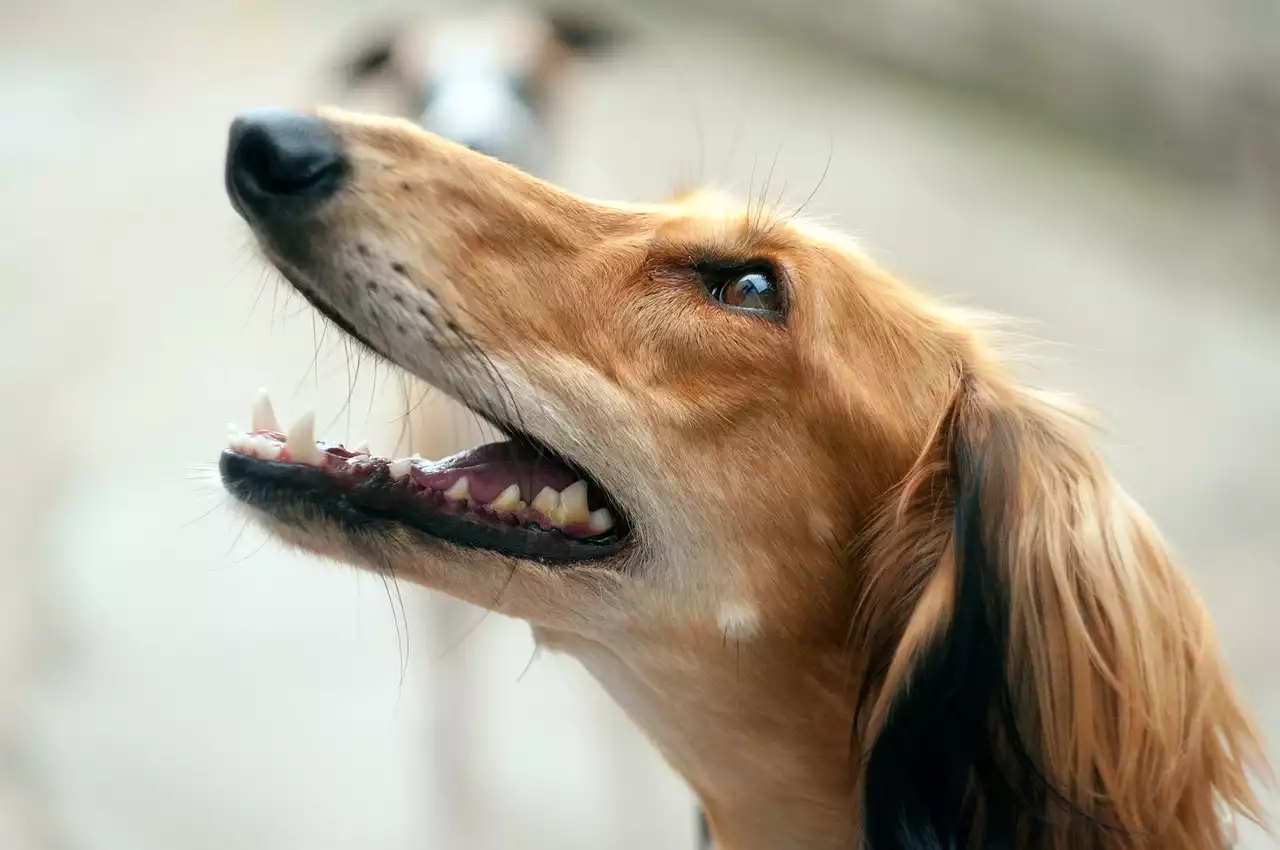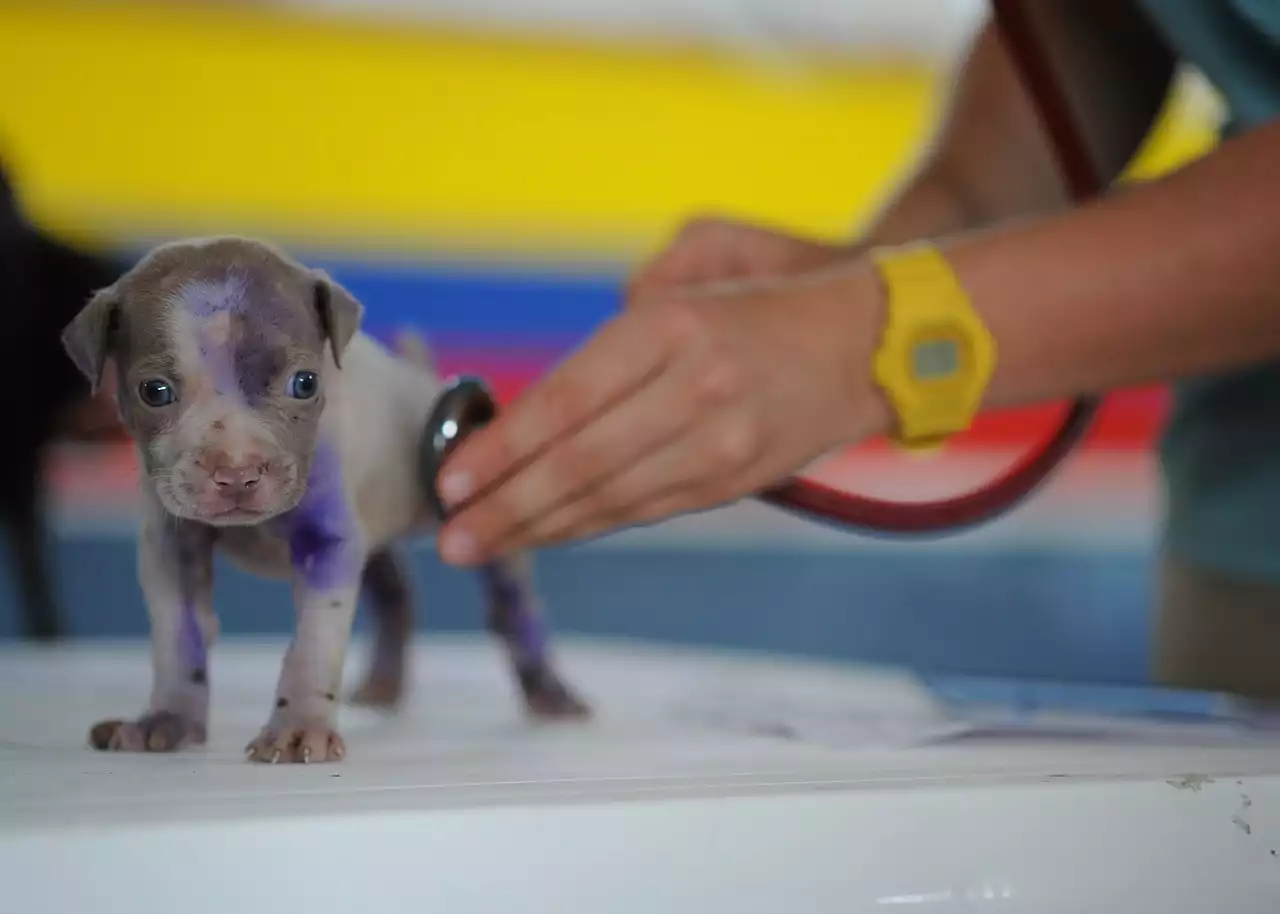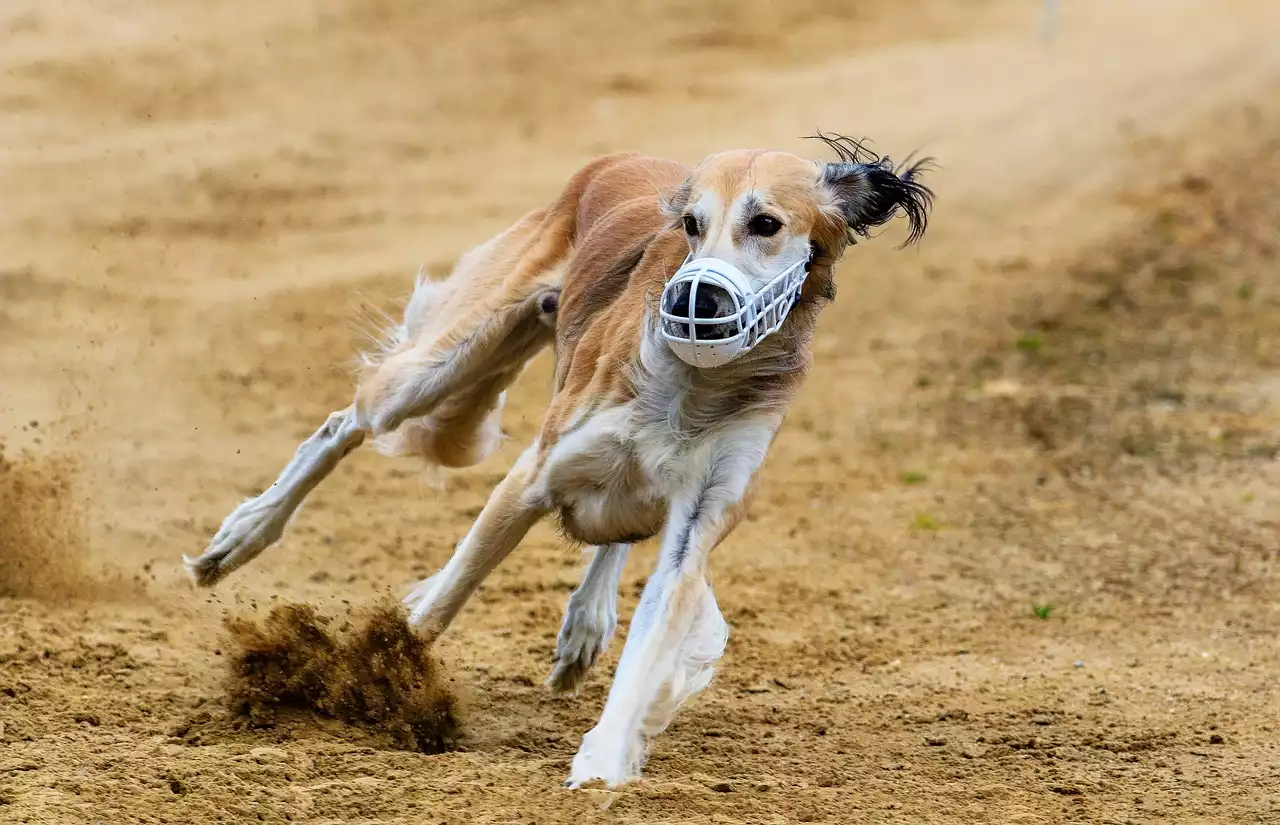Misconception 1: Greyhounds need a lot of exercise
One of the most common misconceptions about Greyhounds is that they require excessive amounts of exercise. While it's true that Greyhounds are naturally athletic dogs, they do not need as much exercise as many people believe. Contrary to popular belief, Greyhounds are actually quite lazy and enjoy spending a significant amount of time lounging around the house. They are sprinters, not endurance runners, so a few short bursts of physical activity each day are usually sufficient to meet their exercise needs.
It's important to note that Greyhounds do need regular exercise to maintain their muscle tone and overall health. However, a daily walk or two, along with some playtime in a securely fenced area, is usually enough to keep them happy and content. It's also worth mentioning that Greyhounds have a strong prey drive, so it's important to always keep them on a leash or in a securely fenced area when outside.
Misconception 2: Greyhounds are aggressive or dangerous
Another common misconception about Greyhounds is that they are aggressive or dangerous dogs. This misconception likely stems from their history as racing dogs, where they were often seen wearing muzzles for safety reasons. However, it's important to understand that Greyhounds are generally gentle and docile animals. They have a sweet and affectionate nature and are known for being wonderful companions.
Greyhounds are typically good with other dogs and can coexist peacefully with them. However, it's always important to introduce new dogs slowly and supervise their interactions, as every dog is an individual with its own unique temperament. While Greyhounds may not be suitable for households with small pets such as cats or rabbits due to their strong prey drive, this does not make them inherently aggressive or dangerous.
Misconception 3: Greyhounds are difficult to train
Many people believe that Greyhounds are difficult to train due to their independent nature. However, this is yet another misconception that doesn't hold true for this breed. Greyhounds are intelligent dogs that can be trained just like any other breed. They are eager to please their owners and respond well to positive reinforcement-based training methods.
It's true that Greyhounds may have a stubborn streak at times, but with patience, consistency, and the use of rewards such as treats or praise, you can successfully train your Greyhound. It's important to start training early and socialize your Greyhound with different people, animals, and environments to ensure they grow into well-rounded and obedient dogs.
Greyhound Care: Exercising & trialling
Misconception 4: Greyhounds are not suitable for families with children
Some potential owners may be hesitant to adopt a Greyhound if they have children, believing that Greyhounds are not suitable for families. However, Greyhounds can actually make great family pets, as they are generally gentle and tolerant of children. They have a calm and laid-back demeanor, which makes them well-suited for homes with kids.
Of course, as with any dog, it's important to teach children how to interact with Greyhounds appropriately and supervise their interactions. Children should be taught to respect the dog's space and not engage in rough play. It's also essential to introduce the Greyhound to children gradually and under controlled circumstances to ensure a positive and safe environment for everyone.
Misconception 5: Greyhounds have high grooming needs
While Greyhounds have a sleek and elegant appearance, they actually have low grooming needs compared to many other breeds. Their short coat requires minimal brushing and doesn't shed heavily. Greyhounds have very thin skin, so excessive brushing can cause irritation and discomfort.
Regular baths are not necessary unless your Greyhound gets particularly dirty or has a skin condition. However, it's important to keep their nails trimmed and their ears clean to prevent any potential health issues. Additionally, it's essential to protect Greyhounds from extreme temperatures, as they have thin coats and are more susceptible to both hot and cold weather.
The truth about Greyhound care
Now that we have debunked these common misconceptions about Greyhound care, let's take a moment to summarize the truth about caring for these magnificent creatures. Greyhounds require regular exercise but are generally low-energy dogs. They are gentle and affectionate, not aggressive or dangerous. With proper training and socialization, they can be well-behaved companions. Greyhounds can make excellent family pets, but supervision and appropriate interactions are necessary, especially with young children. Lastly, Greyhounds have low grooming needs, but regular nail trims and ear cleaning are essential.
Tips for providing proper care for Greyhounds
Now that you have a clear understanding of the truth behind Greyhound care, here are some tips to help you provide proper care for your Greyhound:
1. Provide regular exercise: While Greyhounds don't need excessive exercise, they still require regular walks and playtime to maintain their physical and mental well-being.
2. Use positive reinforcement training: Train your Greyhound using positive reinforcement methods, such as treats and praise, to encourage good behavior and build a strong bond with your dog.
3. Socialize your Greyhound: Introduce your Greyhound to various people, animals, and environments from an early age to ensure they grow into well-rounded and confident dogs.
4. Teach children how to interact with Greyhounds: Educate children on how to approach and interact with Greyhounds respectfully and supervise their interactions to prevent any accidents or misunderstandings.
5. Protect your Greyhound from extreme temperatures: Greyhounds have thin coats and are more sensitive to both hot and cold weather. Ensure they have proper shelter and protection during extreme temperatures.
How To Care For A Greyhound
Resources for Greyhound owners
If you're considering adopting a Greyhound or already have one as a pet, here are some resources that can help you further:
- Greyhound adoption organizations: Reach out to Greyhound adoption organizations for guidance, support, and information on available Greyhounds for adoption.
- Greyhound specific forums and online communities: Join online communities where Greyhound owners share their experiences, advice, and tips for caring for these unique dogs.
- Books and literature: There are several books available that delve into Greyhound care, training, and understanding the breed better. Check your local library or online bookstores for recommended titles.










